Creative Ways to Use Bark Dust for a Beautiful Garden
A well-designed garden isn’t just about flowers and plants—it’s about creating a space that’s visually appealing, healthy, and functional. One of the most versatile tools in any gardener's toolkit is bark dust. Not only does it provide an attractive finishing touch, but it also offers practical benefits such as moisture retention, weed suppression, and soil protection. Whether you are a seasoned gardener or just starting out, incorporating bark dust can transform your garden into a beautiful, thriving space that invites you and your guests to linger.
According to the National Gardening Association, 35% of American households either cultivate their own food at home or participate in community gardens. With so many people investing in their outdoor spaces, it's worth exploring creative ways to use bark dust to enhance both the appearance and health of your garden while making maintenance easier.
Use Bark Dust as a Decorative Ground Cover
One of the simplest ways to add charm to your garden is by using bark dust as a decorative ground cover. This material comes in a variety of colors and textures, allowing you to choose an option that complements your garden's design. Dark brown bark dust, for example, provides a rich, earthy contrast to bright flowers, while red or golden bark can make your pathways and beds pop.
Beyond aesthetics, bark dust helps to prevent soil erosion, retain moisture, and regulate temperature, reducing the need for frequent watering and protecting delicate plants during hot summer months. Our professionals apply a 2- to 3-inch layer around plants, shrubs, and trees to create a clean, polished look. Not only does it frame your garden beds beautifully, but it also keeps the soil underneath healthy and nourished, making your garden more resilient over time.
Create Defined Pathways and Walkways
Bark dust isn’t just for garden beds—it’s also excellent for defining pathways and walkways. By using bark dust along your garden paths, you can create clear, inviting routes that guide visitors through your outdoor space. Unlike gravel or concrete, bark dust is soft underfoot, providing a natural and comfortable walking surface that's perfect for barefoot strolls or kids playing in the yard.
To create long-lasting pathways, consider layering landscape fabric underneath the bark dust. This helps prevent weeds from sprouting and keeps the bark dust in place, even after heavy rain. Whether you're outlining a vegetable garden, a flower bed, or a meditation nook, bark dust pathways add both charm and functionality to your landscape design. Adding curves or unique patterns to the path can further enhance the visual appeal and make your garden feel larger and more inviting.
Mulch Trees and Shrubs for Health and Beauty
Mulching around trees and shrubs is a classic gardening practice, and bark dust excels at this task. A thick layer of bark dust around the base of trees not only enhances visual appeal but also protects roots from extreme temperatures and retains moisture in the soil. This helps young trees establish themselves more quickly while keeping mature trees healthy throughout the year.
When mulching, avoid piling bark dust directly against the trunk. Instead, leave a small gap to prevent moisture from causing rot. By applying bark dust carefully, you provide a neat, professional look that promotes long-term plant health. Mulching with bark dust can also reduce lawn maintenance, as it minimizes the need for trimming or edging around trees and shrubs.
Highlight Flower Beds and Garden Borders
Bark dust is perfect for accentuating flower beds and garden borders. By creating a defined edge around your planting areas, you can make flowers and ornamental plants stand out. Choose a bark dust color that complements your blooms, and spread it evenly across the bed to achieve a polished, finished look.
In addition to aesthetics, bark dust helps suppress weeds, regulate soil temperature, and retain moisture, which benefits delicate flowers and perennials. Over time, as the bark breaks down, it adds organic matter to the soil, enriching it and supporting plant growth. Using bark dust creatively in your flower beds not only enhances beauty but also contributes to a healthier garden ecosystem, attracting pollinators like bees and butterflies in the process.
Design Raised Garden Beds With Bark Dust
Raised garden beds have become increasingly popular for home gardeners, and bark dust can play a key role in their design. Lining the bottom or sides of a raised bed with bark dust helps improve drainage while also adding an attractive finish. You can even use bark dust on pathways between raised beds to keep the area tidy and visually cohesive.
Raised beds benefit from the insulating properties of bark dust as well, which help maintain consistent soil temperatures for plant roots. This makes it easier to grow vegetables, herbs, or flowers, even in fluctuating weather conditions. Using bark dust around raised beds creates a professional, uniform look that elevates the entire garden space while protecting your plants from weeds and pests.
Incorporate Bark Dust in Creative Landscaping Features
Beyond standard applications, bark dust can be used in more artistic ways to enhance landscaping features. For example, you can create a natural-looking zen garden by raking bark dust into patterns, or use it as a base for decorative stepping stones. Bark dust can also fill gaps between pavers or around outdoor sculptures, blending hardscape elements with soft natural textures.
Because bark dust comes in multiple sizes and colors, you can experiment with layering different types to create contrast and visual interest. Combining coarse and fine bark dust, for instance, can add depth and dimension to garden beds or accent areas. This flexibility makes bark dust an excellent tool for gardeners looking to combine practicality with creativity, turning ordinary outdoor spaces into standout features that impress guests.
Improve Soil Health While Enhancing Aesthetics
One of the underrated benefits of bark dust is its positive impact on soil health. As the bark slowly decomposes, it adds organic matter that improves soil structure and fertility. This natural process encourages beneficial microorganisms, which in turn support plant growth and resilience.
By using bark dust throughout your garden, you’re not just improving appearance—you’re investing in long-term soil health. Whether around flower beds, vegetable gardens, or trees, bark dust provides an elegant solution that balances beauty with sustainability. It also reduces soil compaction and helps prevent erosion, making it ideal for gardens on sloped terrain or areas prone to heavy rainfall.
Bark dust is far more than just a decorative material—it’s a versatile, practical, and beautiful addition to any garden. From decorative ground cover and defined pathways to mulching trees and enhancing flower beds, bark dust serves multiple functions that improve both aesthetics and plant health. Creative uses, such as in raised beds or artistic landscaping features, allow gardeners to express their style while promoting sustainability.
Incorporating bark dust into your garden design is a smart choice for anyone looking to enhance their outdoor space. Whether you are creating a cozy backyard retreat or designing a vibrant vegetable garden, bark dust offers a natural and elegant solution that will keep your garden flourishing for years to come, all while reducing maintenance and elevating curb appeal.
Red Back Inc provides a variety of products including bark, mulch, blended soil, and bark dust blowing to the Oregon City, OR area. Contact us today.


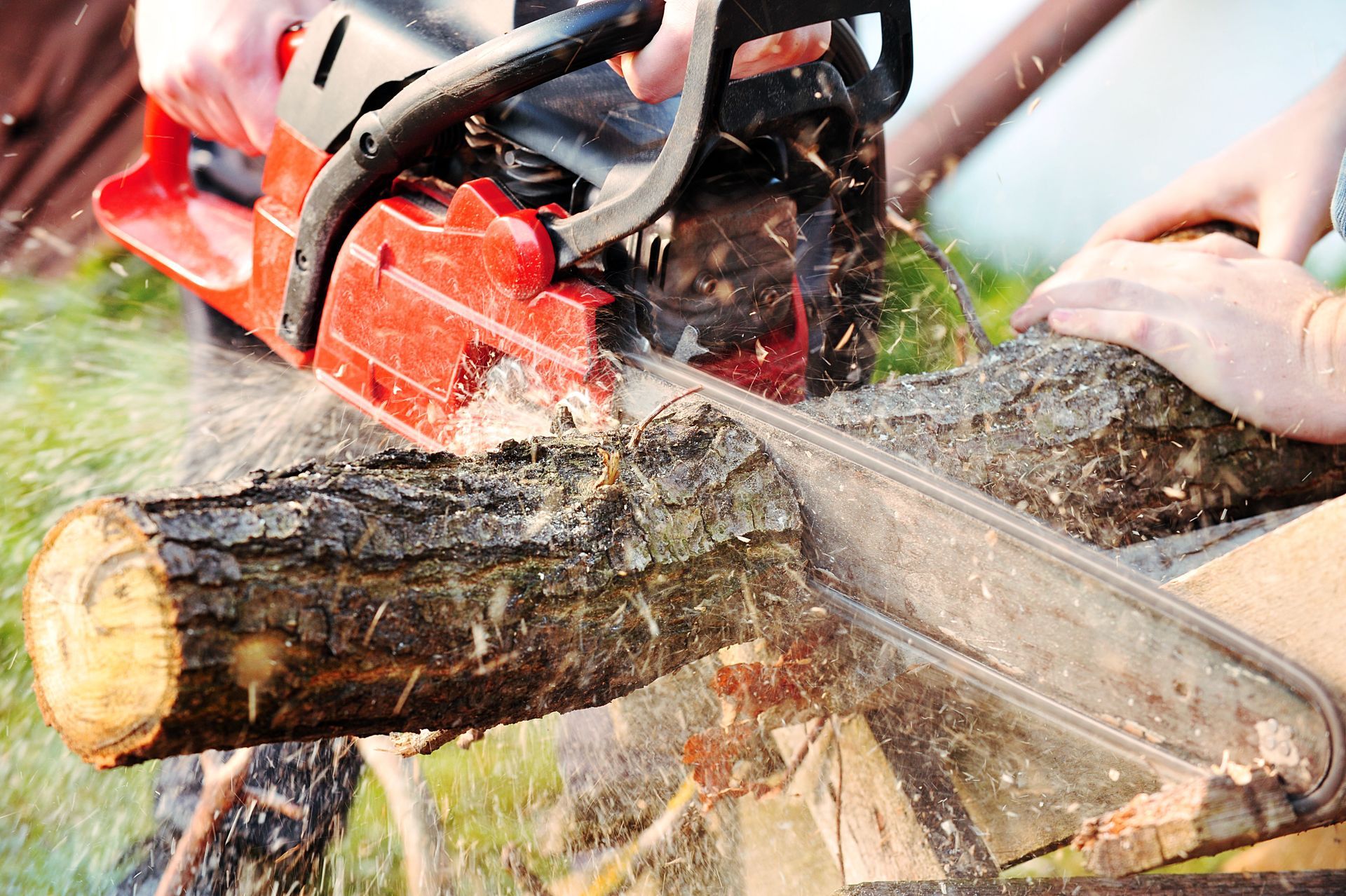
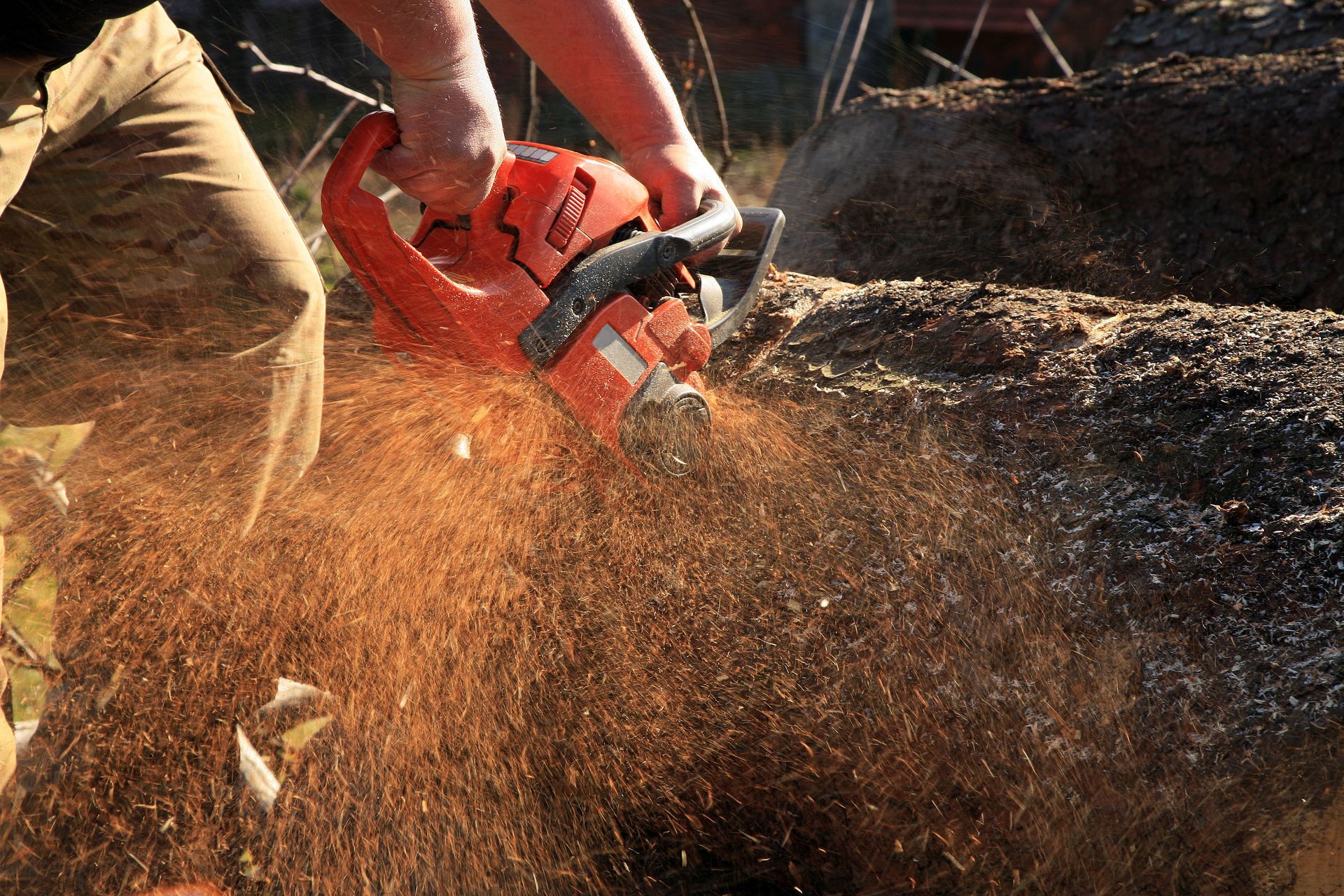
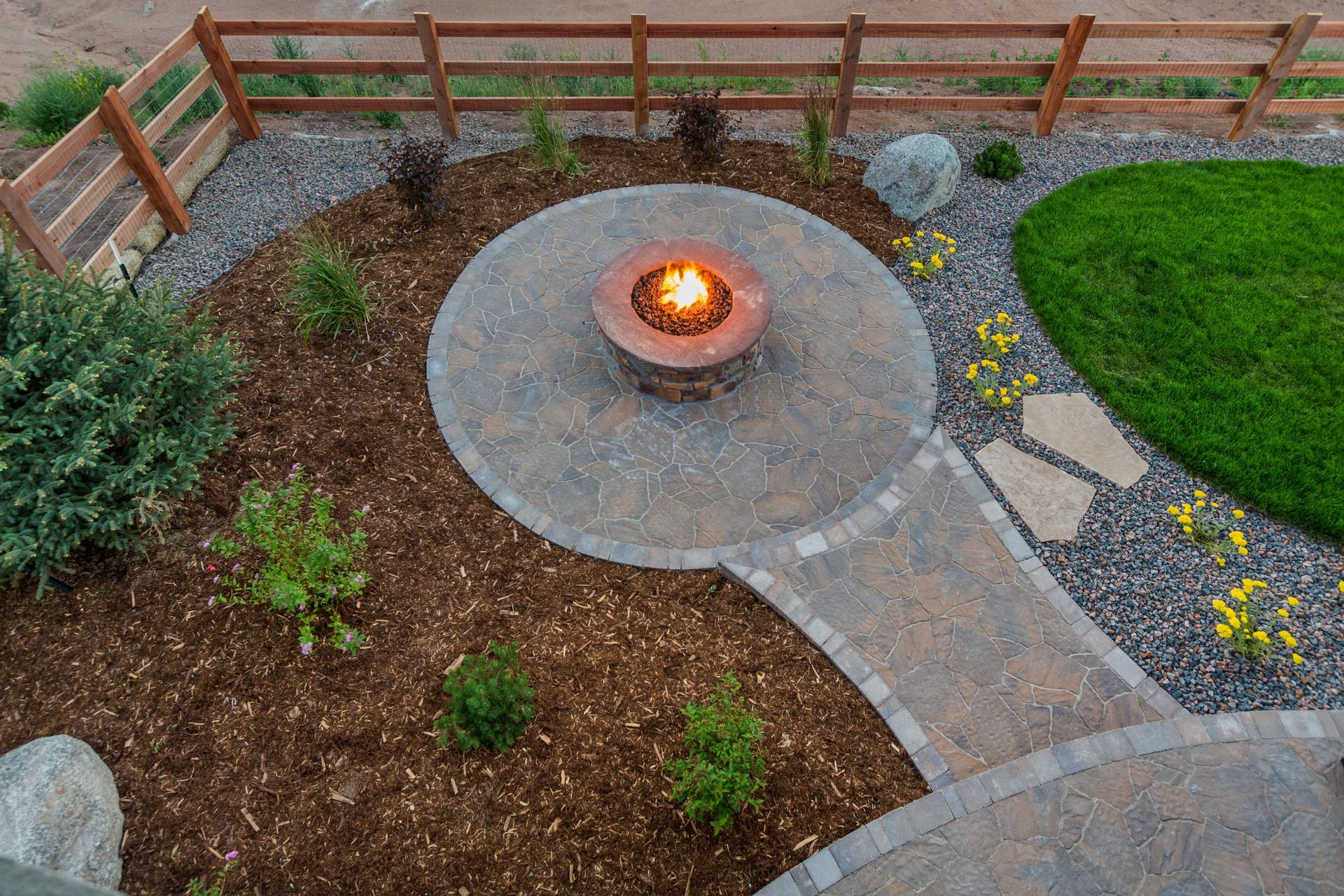
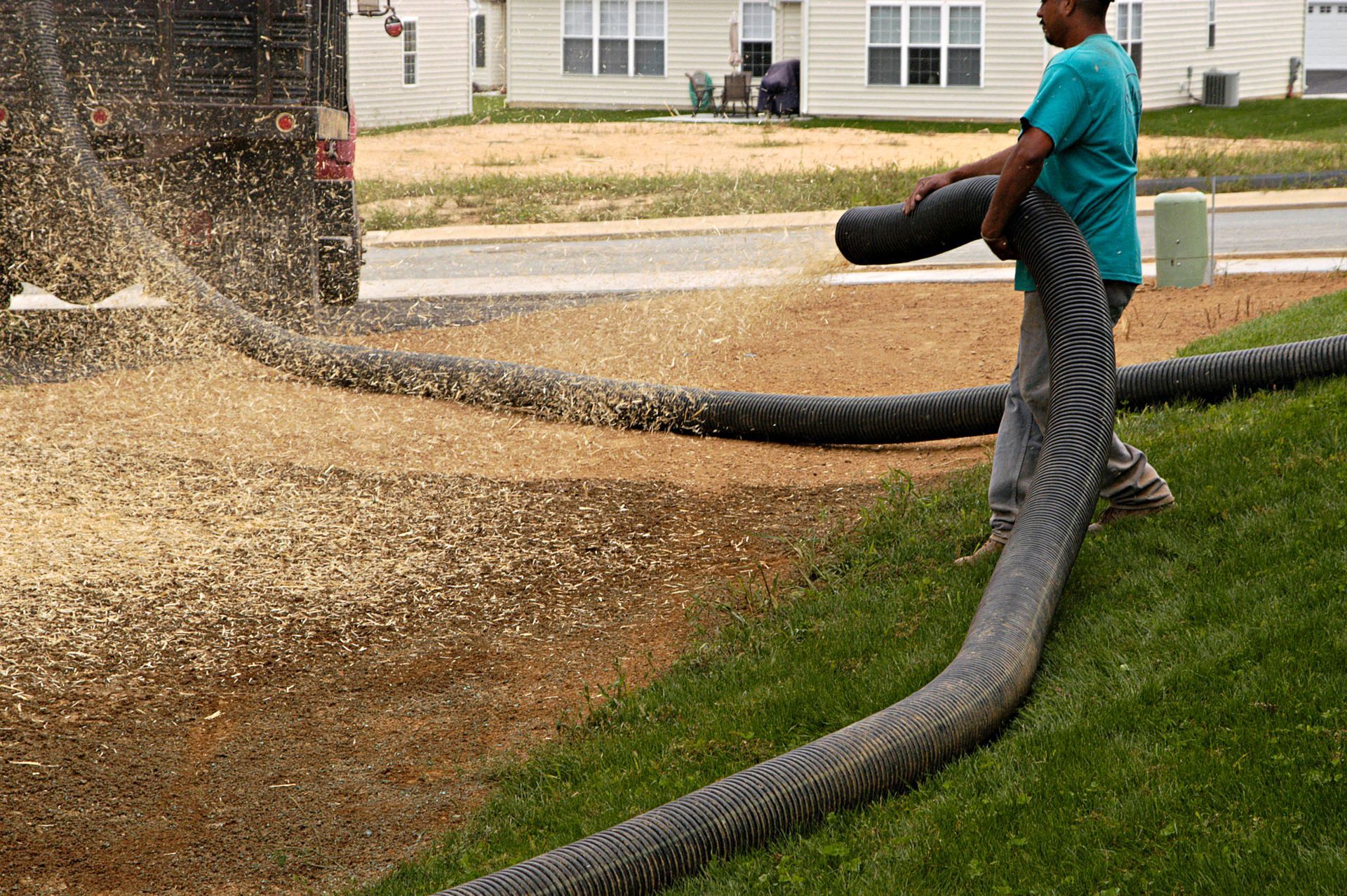
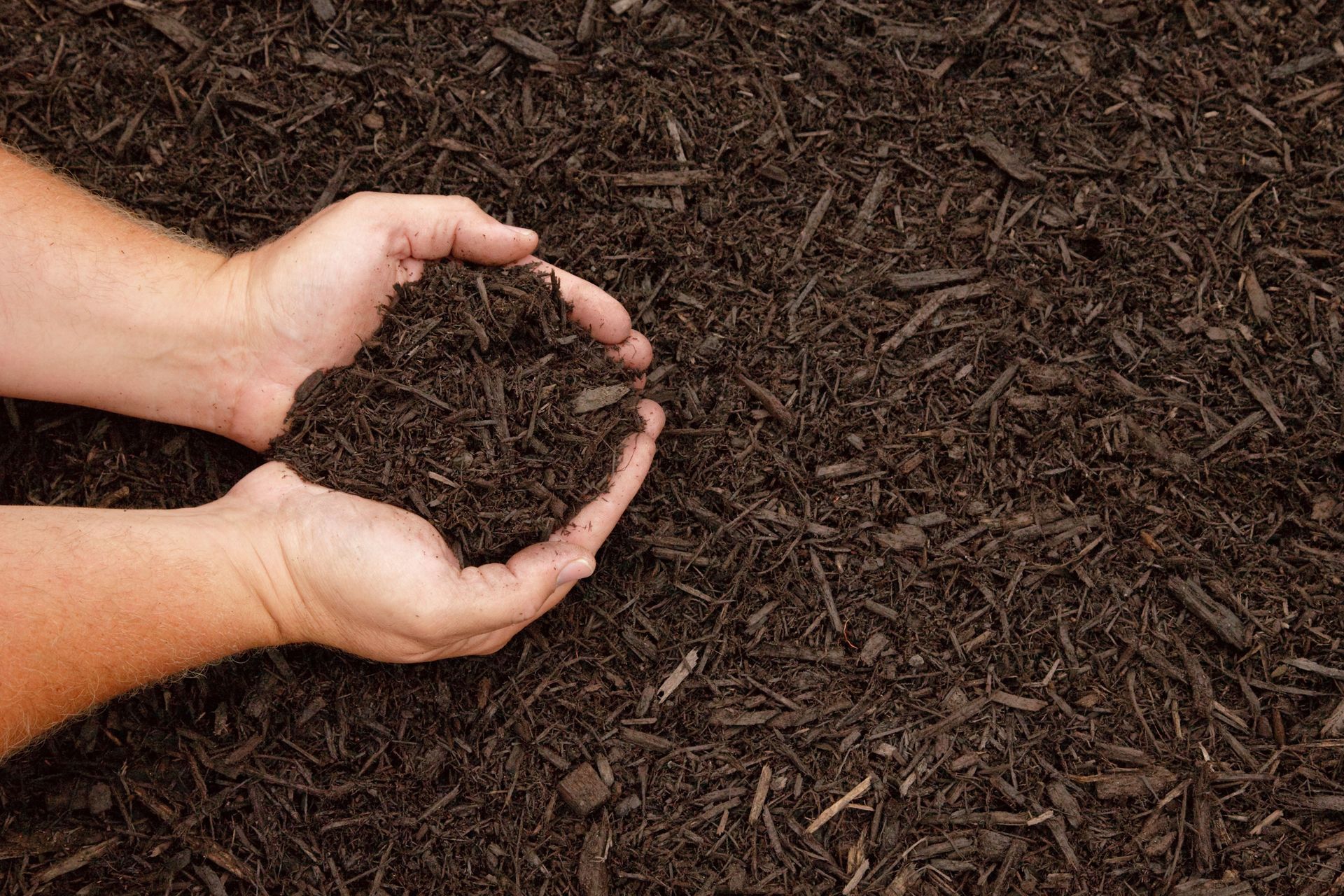
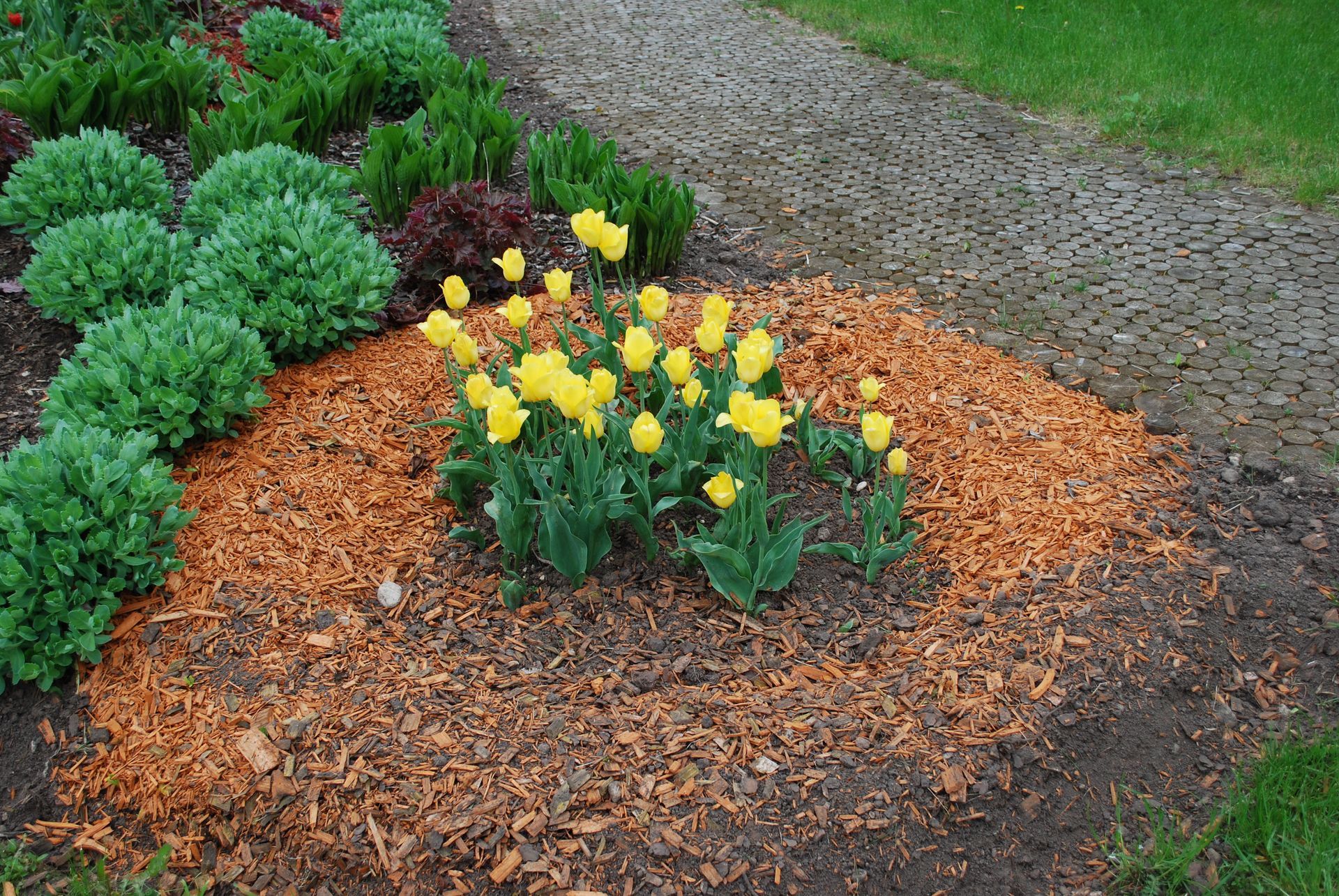
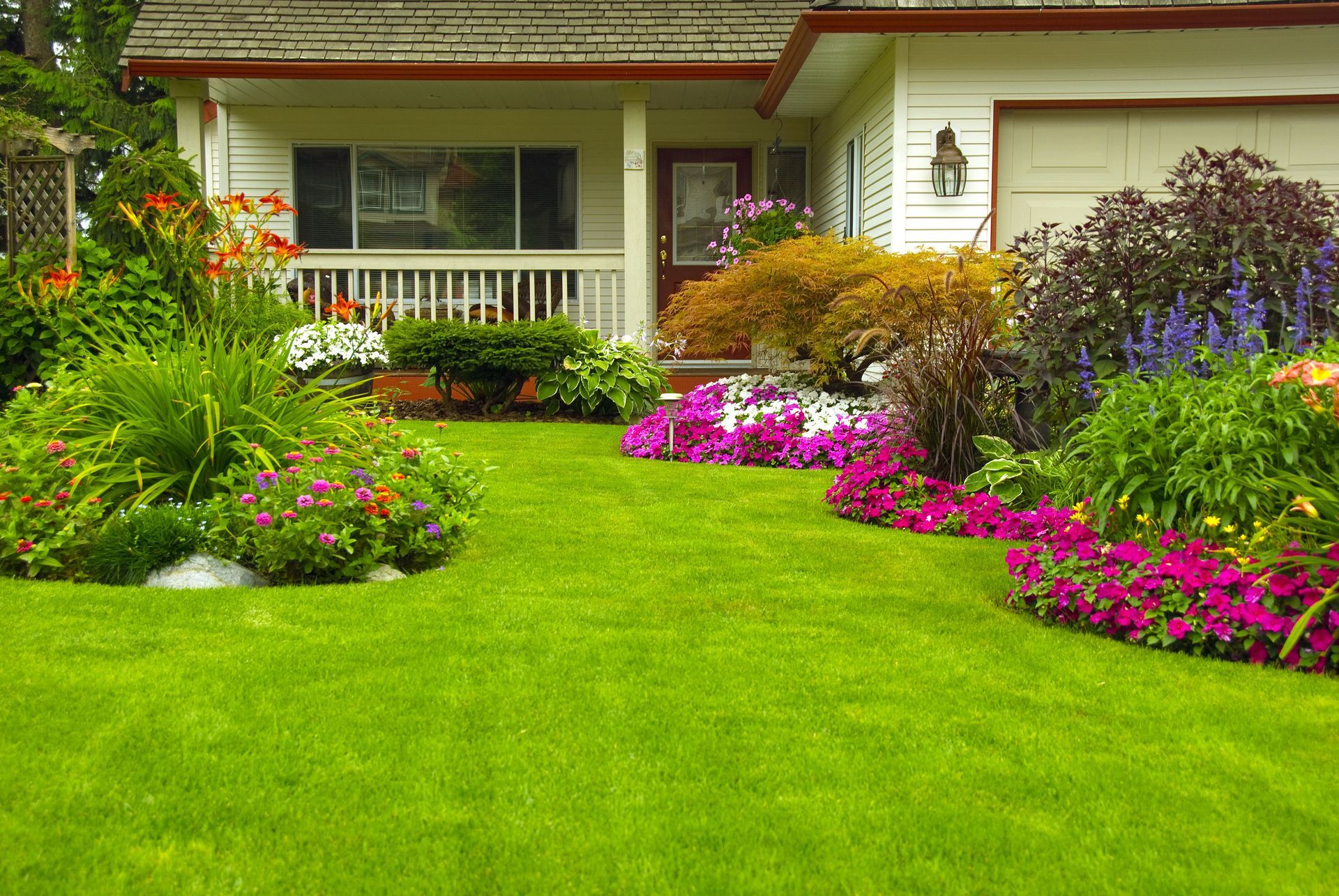
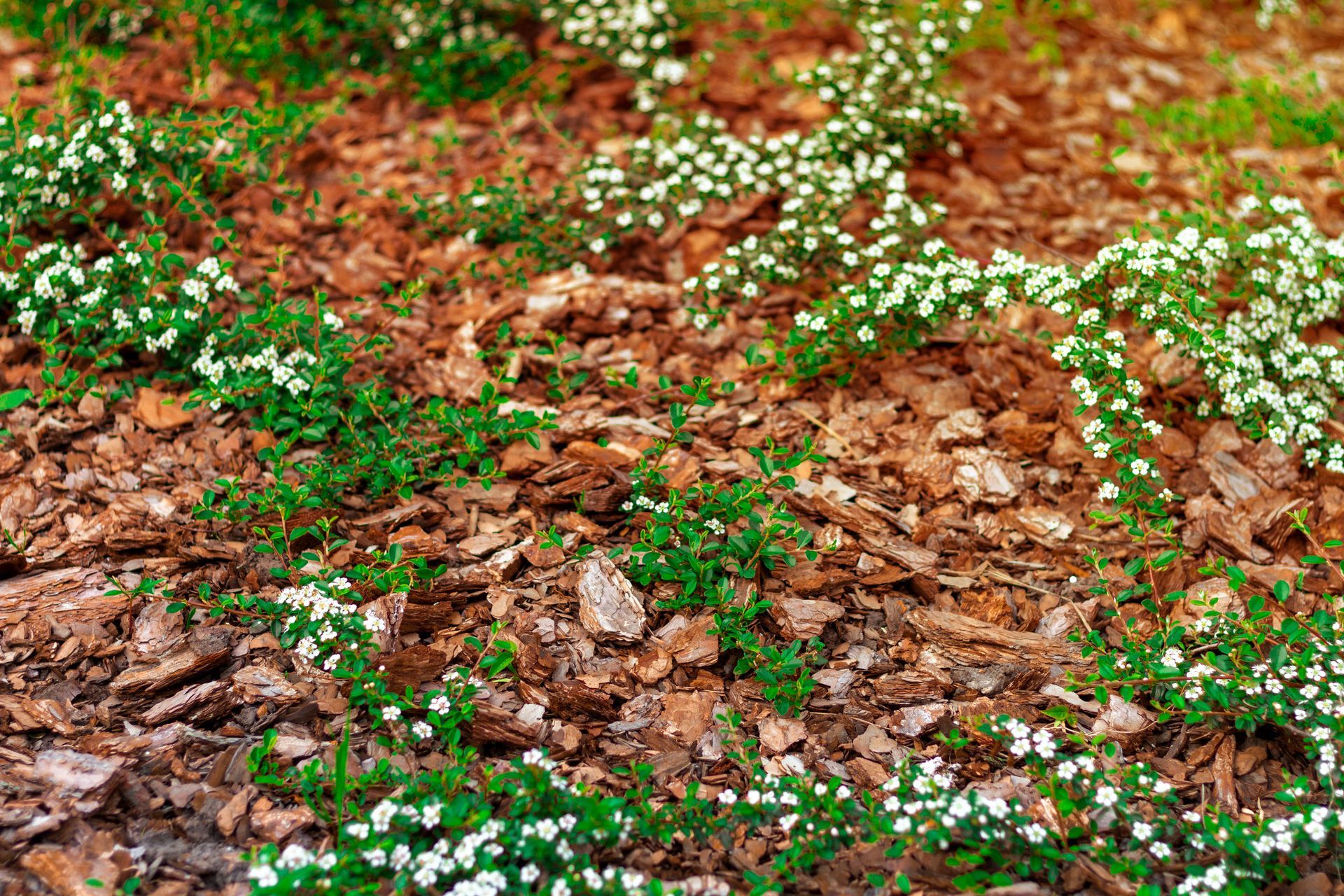
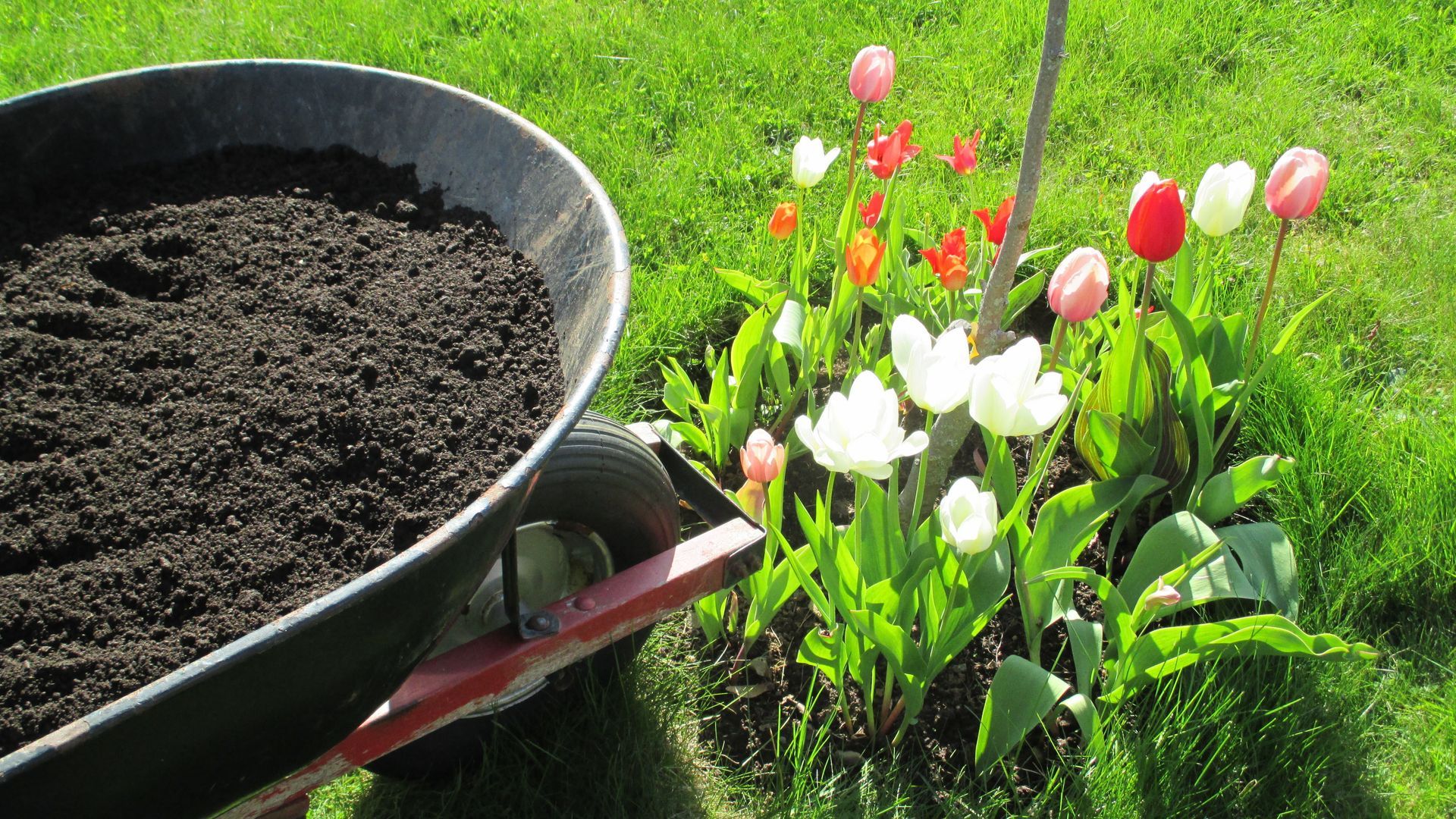
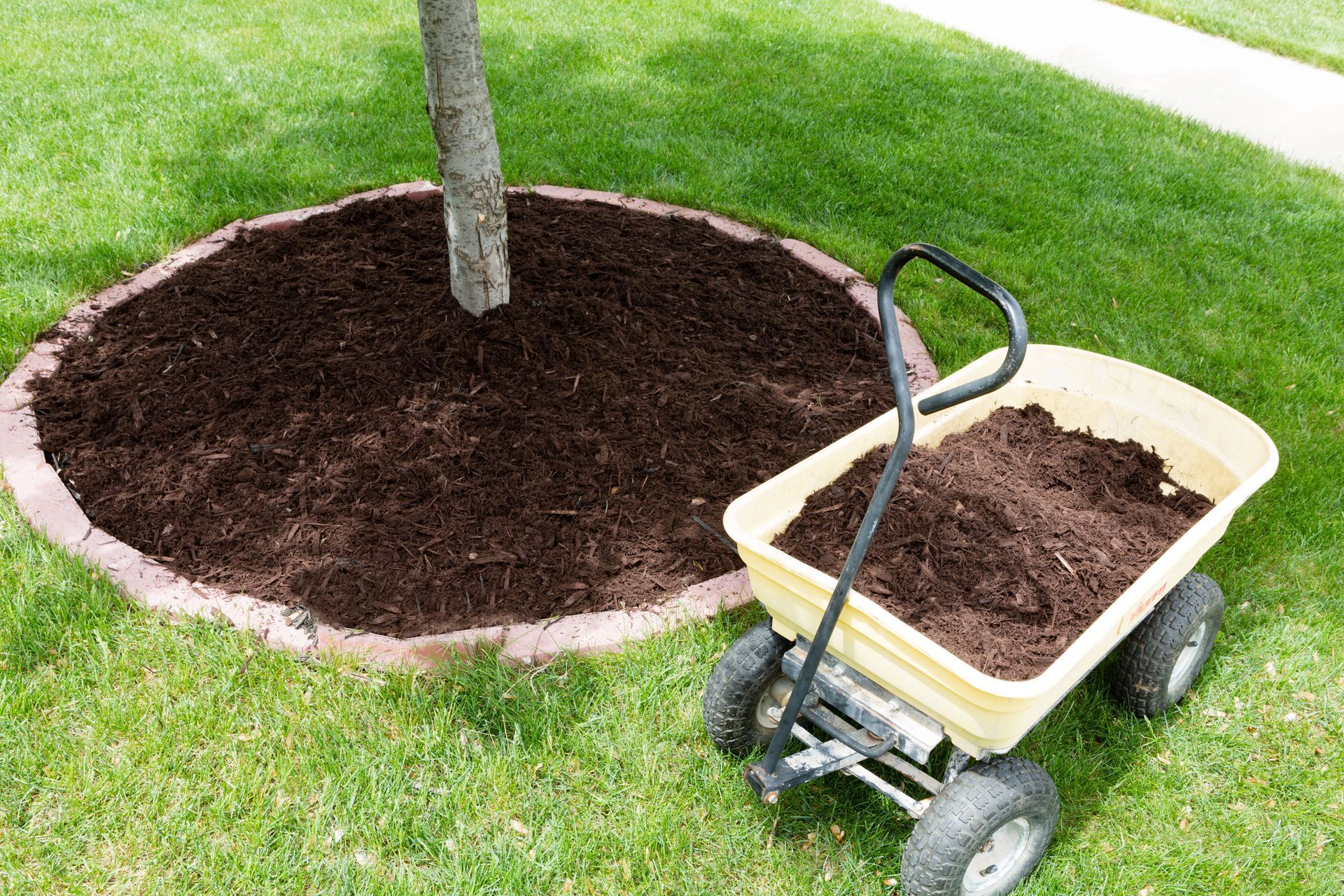
Share On: